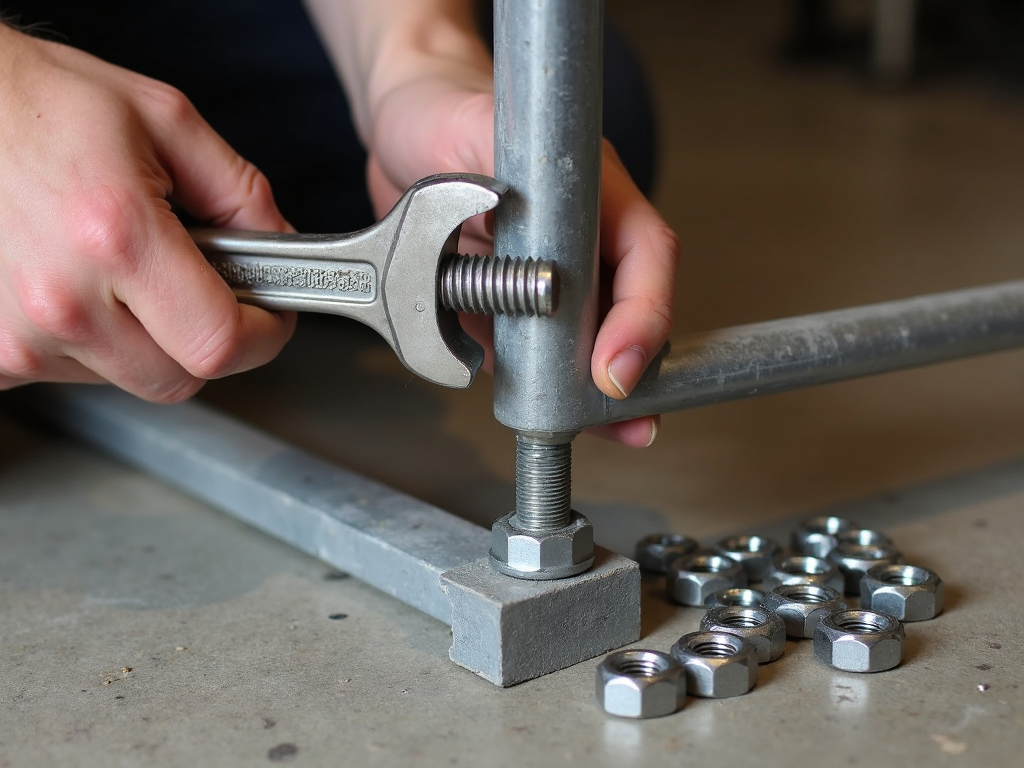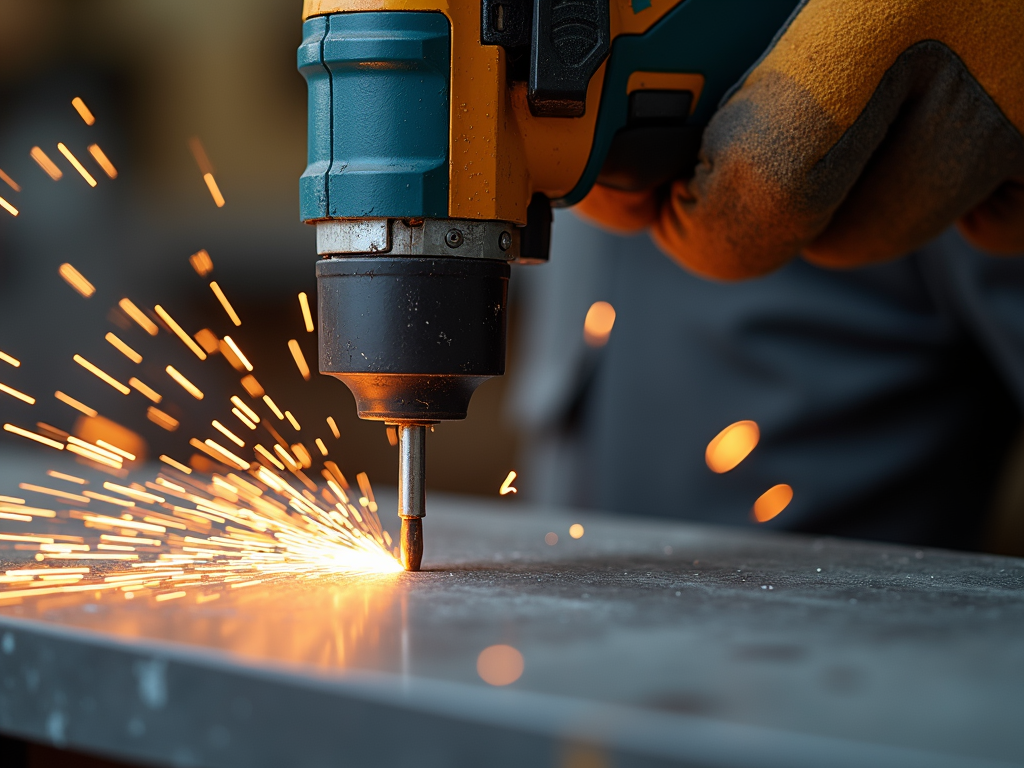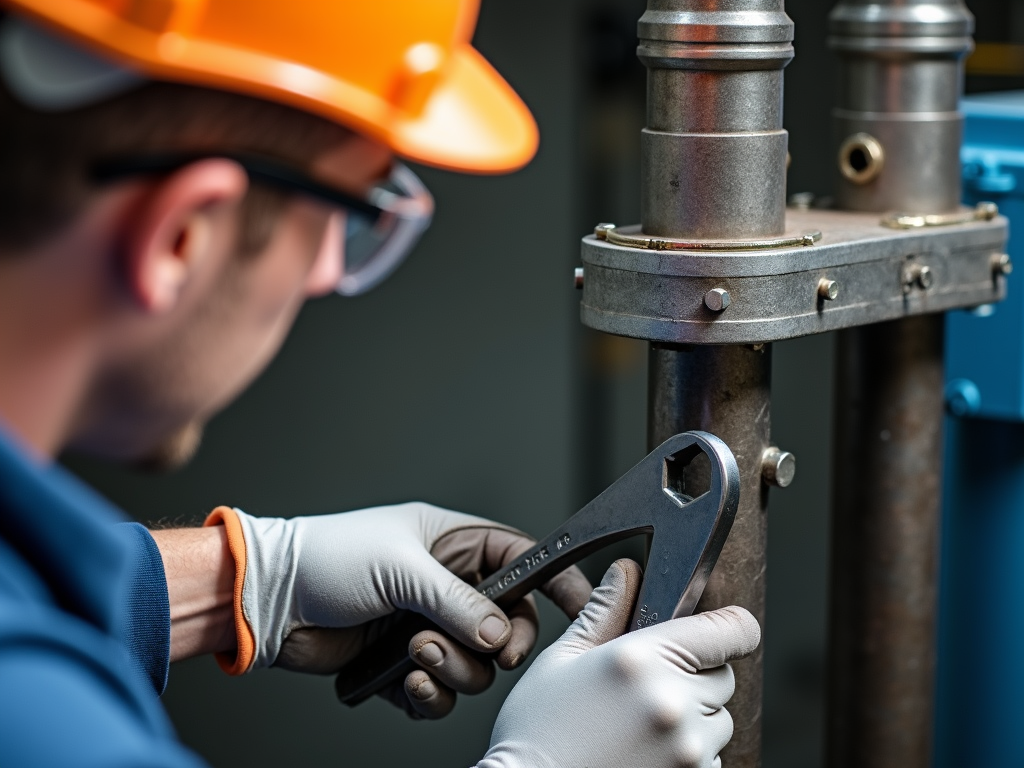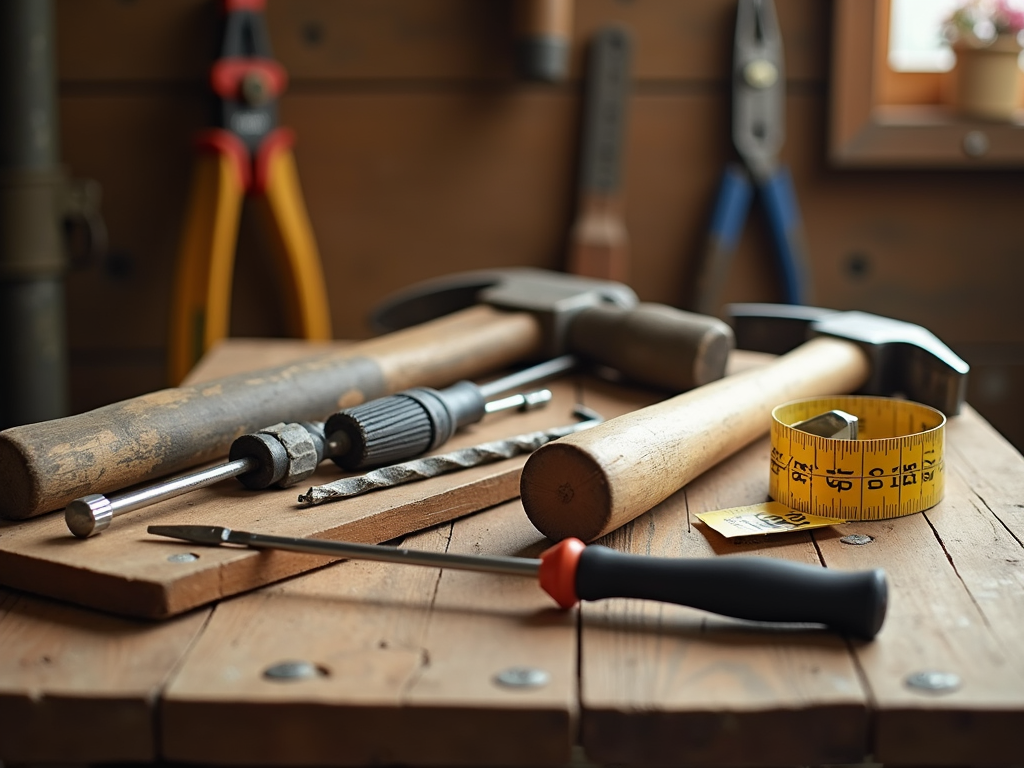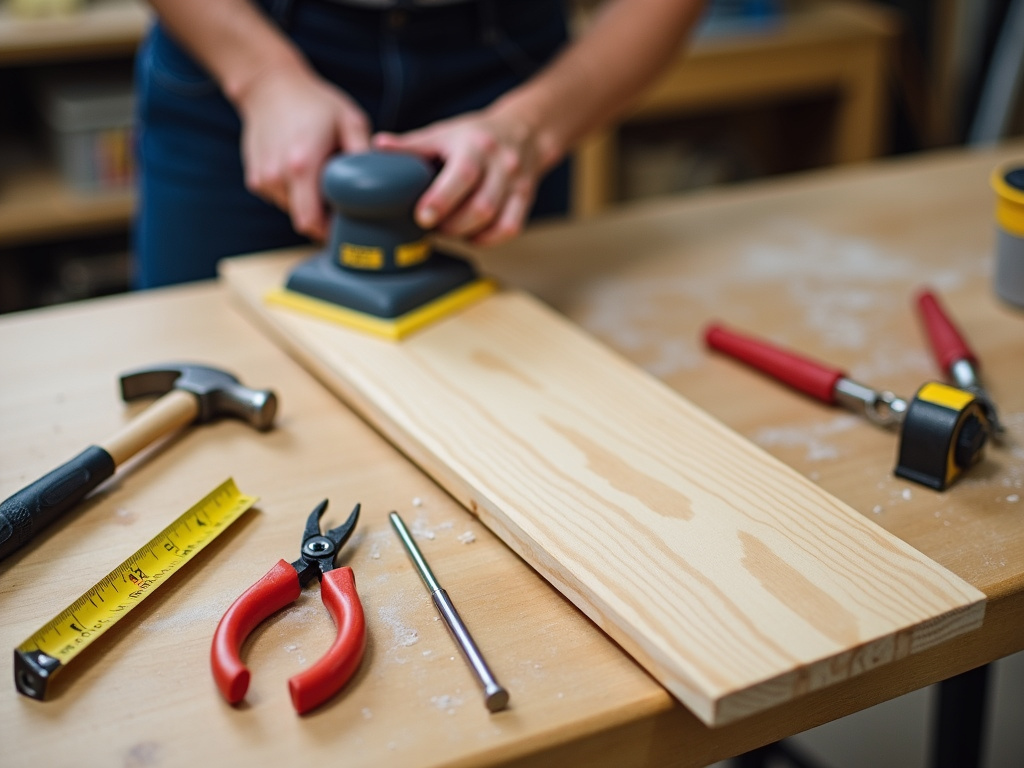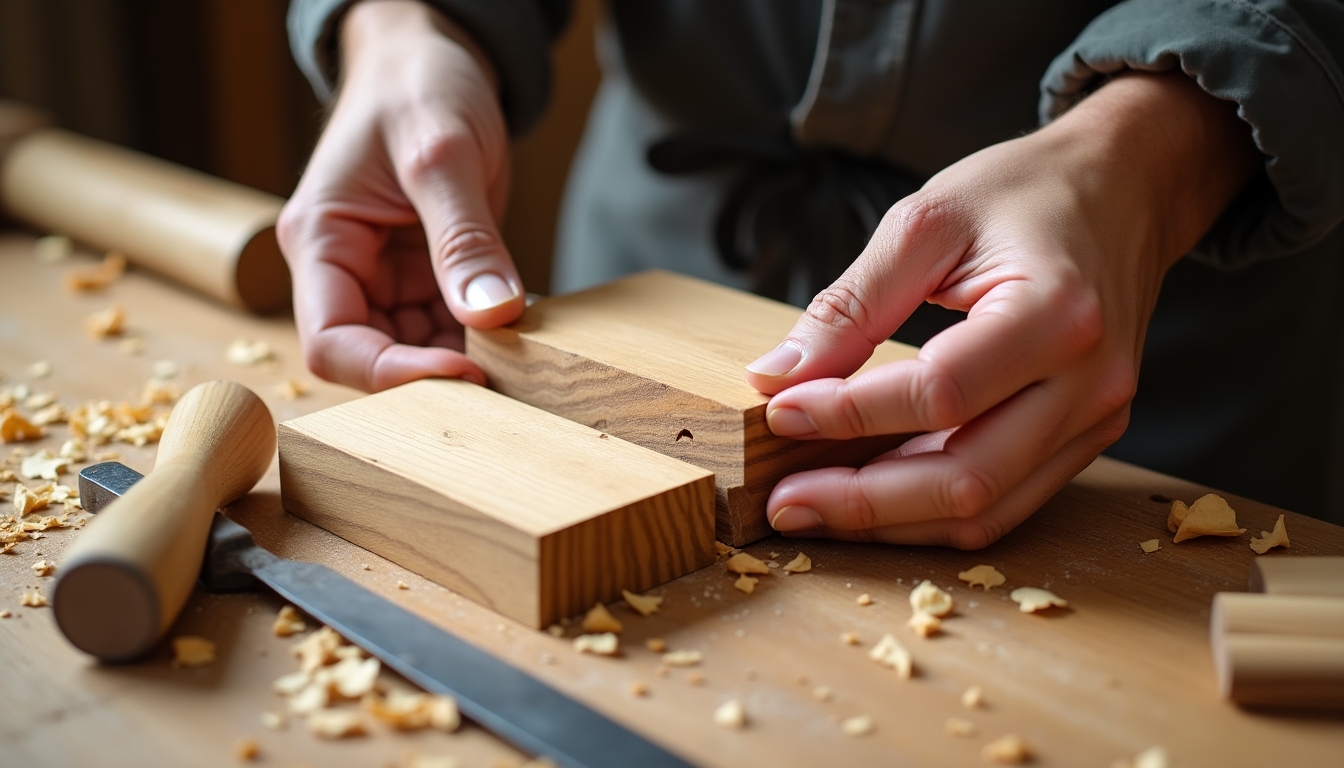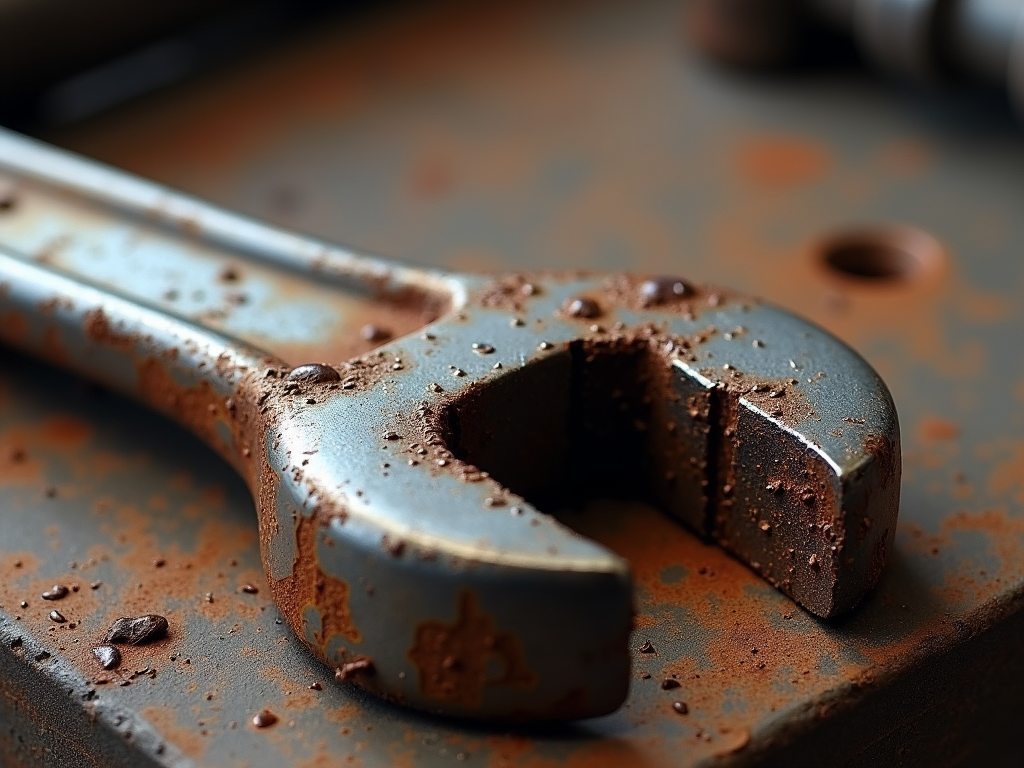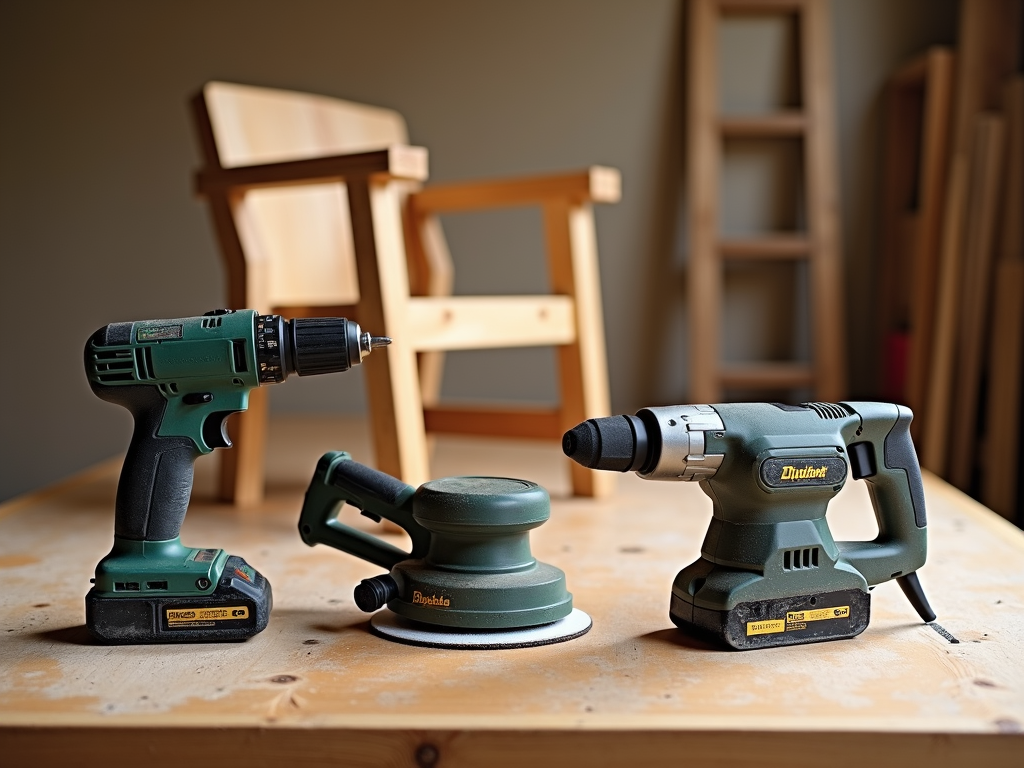Wrenches are the backbone of automotive repair. Whether you're fixing a car in a professional garage or tinkering in your driveway, having the right wrench can make or break your project. This guide covers the essential wrenches for automotive repair, their uses, and tips to pick the best one for the job. With personal stories and actionable advice, you'll see why these workman tools matter.
Why Wrenches Matter in Automotive Repair
Cars are full of nuts and bolts holding everything together. Wrenches let you tighten or loosen them with precision. Without the right wrench, you risk damaging parts or hurting yourself. I’ve spent years working on vehicles, and I’ve learned that a good set of wrenches is non-negotiable.

Types of Wrenches You’ll Need
Open-End Wrenches
Open-end wrenches have a U-shaped end that slides onto nuts or bolts. They’re perfect for quick jobs or tight spots where other tools won’t fit. But they can slip if the fastener is stubborn, so you’ve got to hold them steady.
I’ve used open-end wrenches countless times for small adjustments—like tweaking a battery cable. They’re fast, but I’ve also learned the hard way that they’re not great for stuck bolts. Once, I slipped and scratched up a fender. Lesson learned.
For more on wrench mechanics, check out this detailed guide from MIT’s engineering department on how tools apply torque.
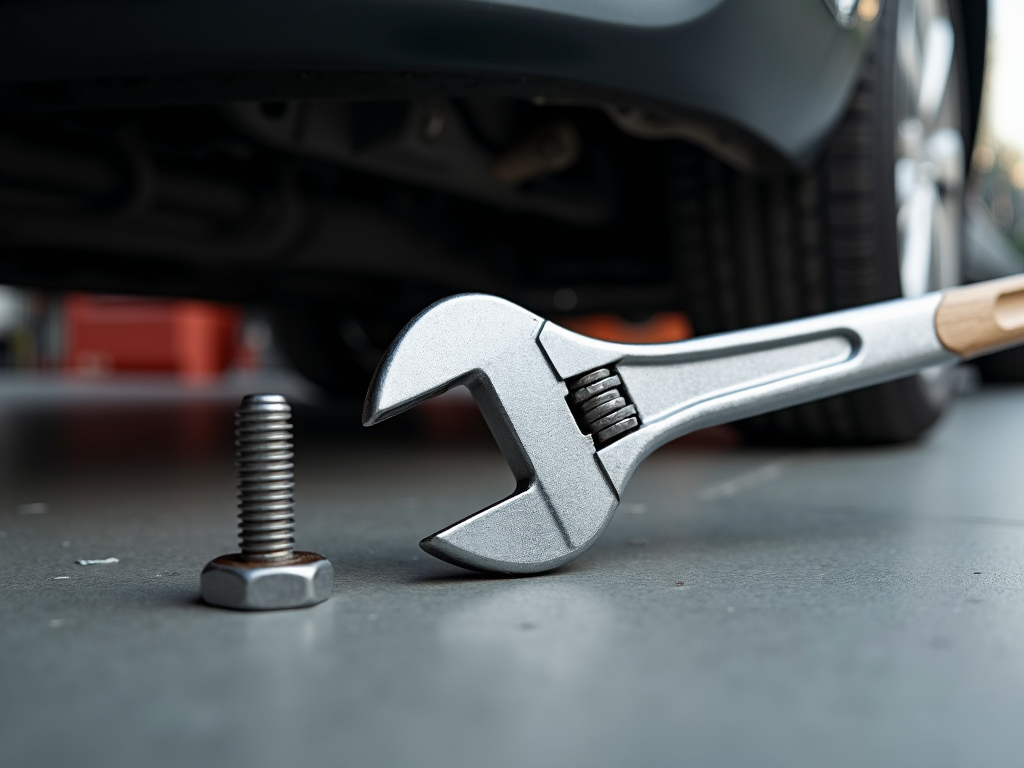
Box-End Wrenches
Box-end wrenches have a closed ring that grips fasteners tightly. They’re built for tougher jobs, like breaking loose rusted bolts. The extra grip means less slipping and more power when you turn.
One time, I was wrestling with a rusted suspension bolt. My box-end wrench saved the day—it didn’t budge, and I got the job done without rounding the bolt. They’re a must-have for serious repairs.
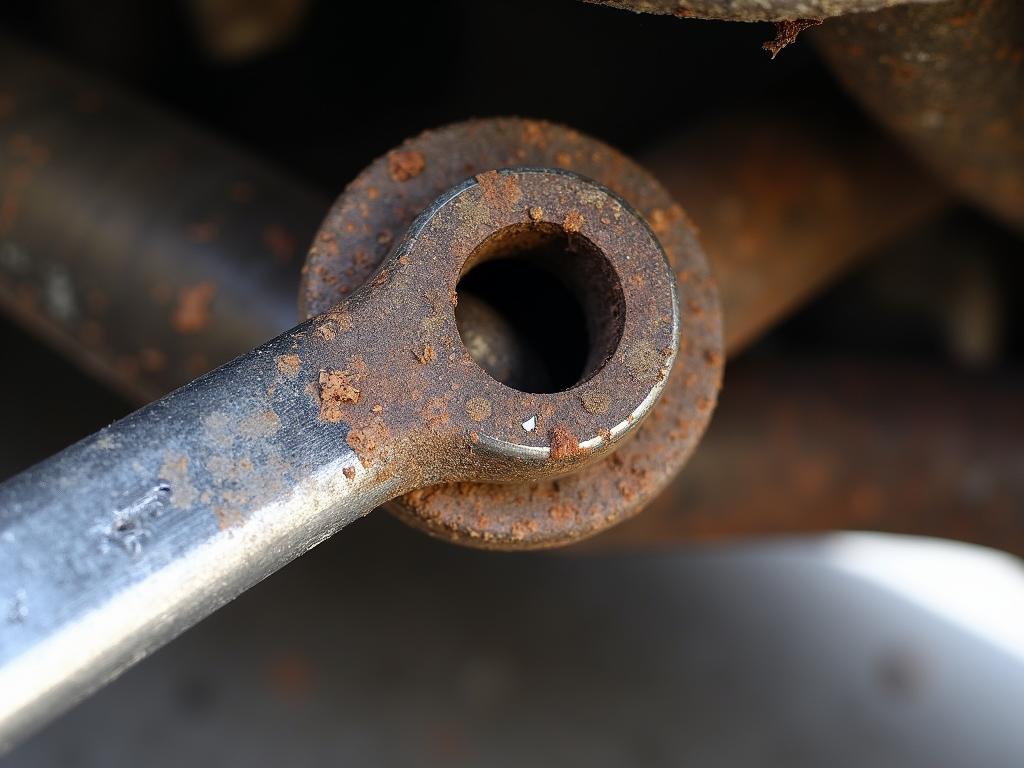
Adjustable Wrenches
Adjustable wrenches, sometimes called crescent wrenches, adapt to different sizes. Turn the knob, and the jaw widens or narrows. They’re handy when you don’t have the exact size wrench nearby, but they’re not as strong as fixed options.
I keep one in my toolbox for emergencies—like when a weird-sized nut popped up on an old truck. It worked, but I had to be careful not to strip the edges. They’re versatile, just not perfect for heavy-duty tasks.
The American Society of Mechanical Engineers has a great history on adjustable wrenches if you’re curious about their evolution.
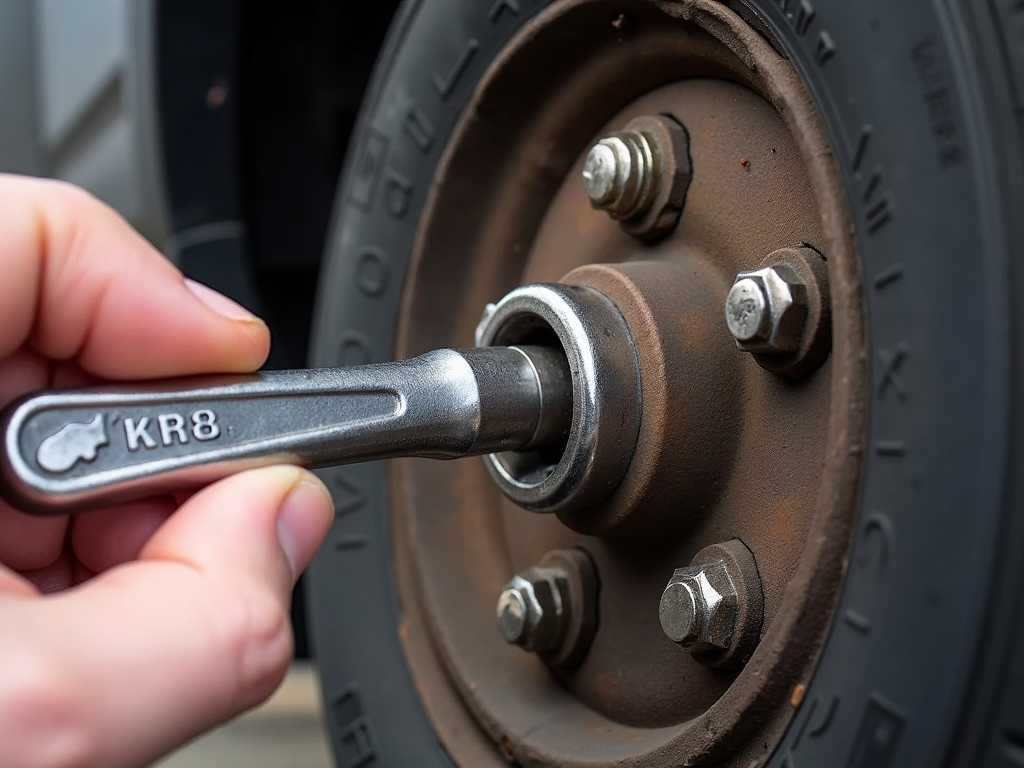
How to Pick the Right Wrench
Choosing the right wrench isn’t just guesswork. Here’s what I’ve figured out over the years:
-
Match the Fastener: Hex bolts love box-end or open-end wrenches. Adjustable ones work for odd sizes but need caution.
-
Check the Space: Tight corners? Go open-end. Need power? Box-end’s your friend.
-
Buy Quality: Cheap wrenches bend or break. Spend a little more for tools that last.
I once grabbed a bargain-bin wrench for a quick fix. It twisted under pressure, and I had to redo the job with a better tool. Quality pays off.
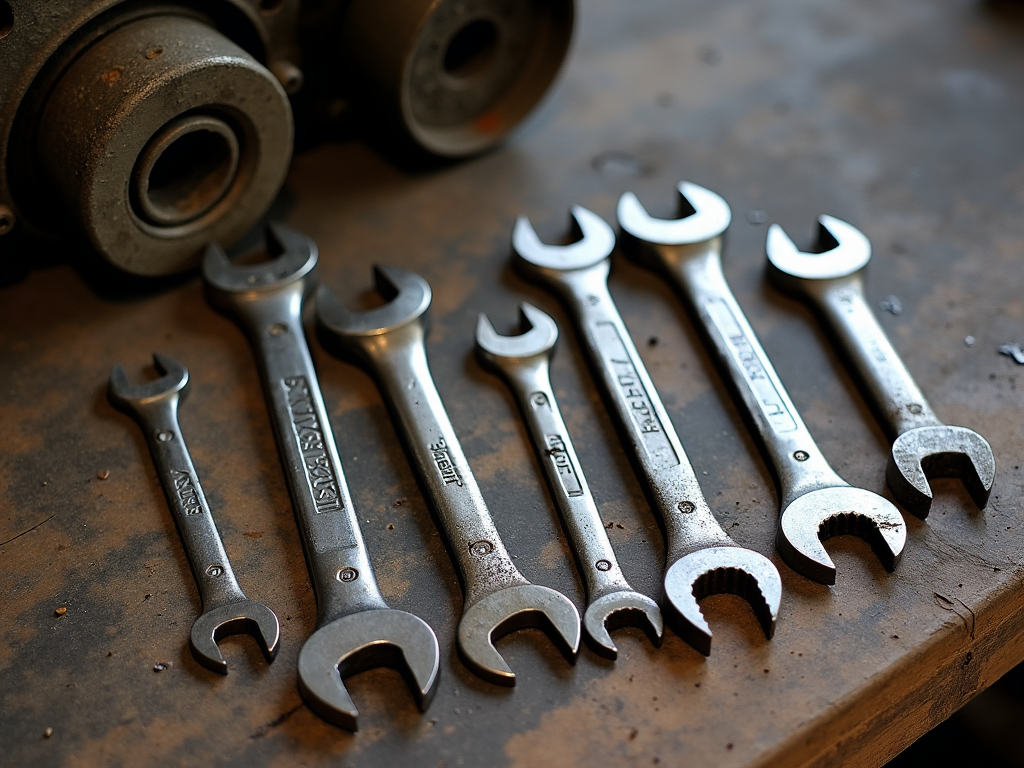
What Happens When You Use the Wrong Wrench
Using the wrong wrench can mess things up fast. Here’s why it matters:
| Problem | What Happens | How to Avoid It |
|----------------------|------------------------------------|--------------------------|
| Rounded Fasteners | Edges wear down, hard to grip | Use the right size |
| Broken Tools | Wrench snaps or bends | Get quality gear |
| Knuckle Scrapes | Tool slips, you hit something hard | Match tool to task |
A while back, I tried an undersized open-end wrench on a tight bolt. It slipped, I bashed my hand, and the bolt was toast. The National Safety Council has stats on tool-related injuries—worth a read.
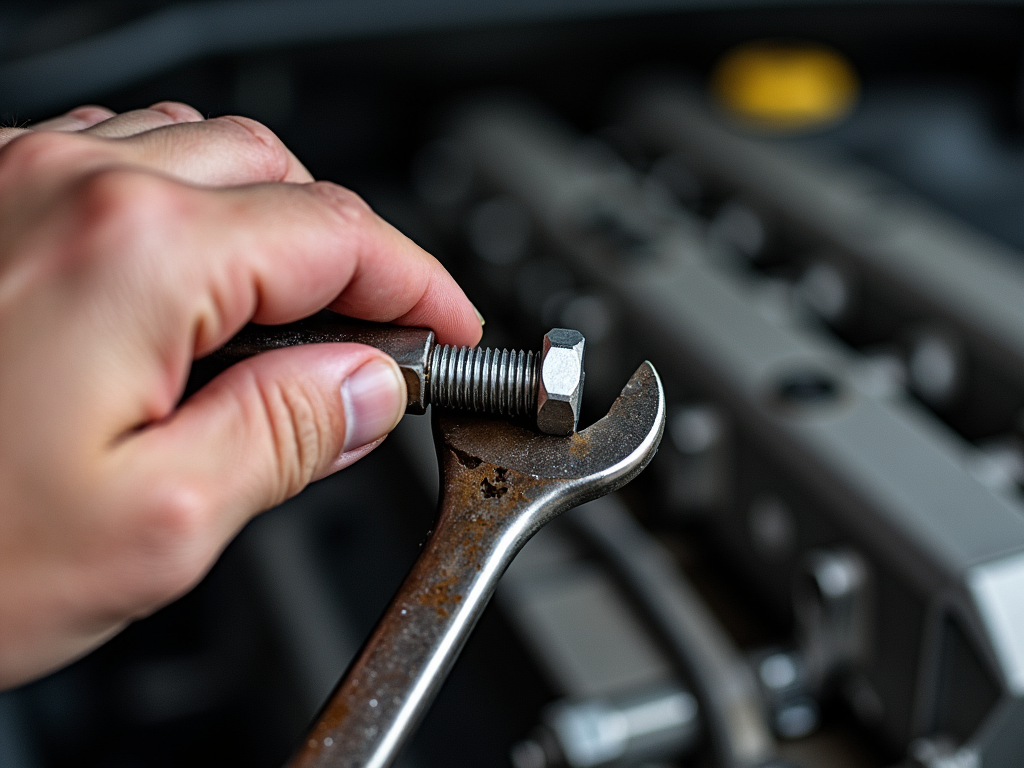
Pro Tips for Using Wrenches
Here’s some practical advice I’ve picked up:
-
Pull, Don’t Push: Pulling a wrench keeps you in control. Pushing can lead to slips.
-
Clean Them Up: Grease and dirt make wrenches slippery. Wipe them down.
-
Store Smart: Keep them organized. I lost a good wrench once because my box was a mess.
For deeper tool care tips, the U.S. Department of Labor has solid advice on keeping gear safe and functional.
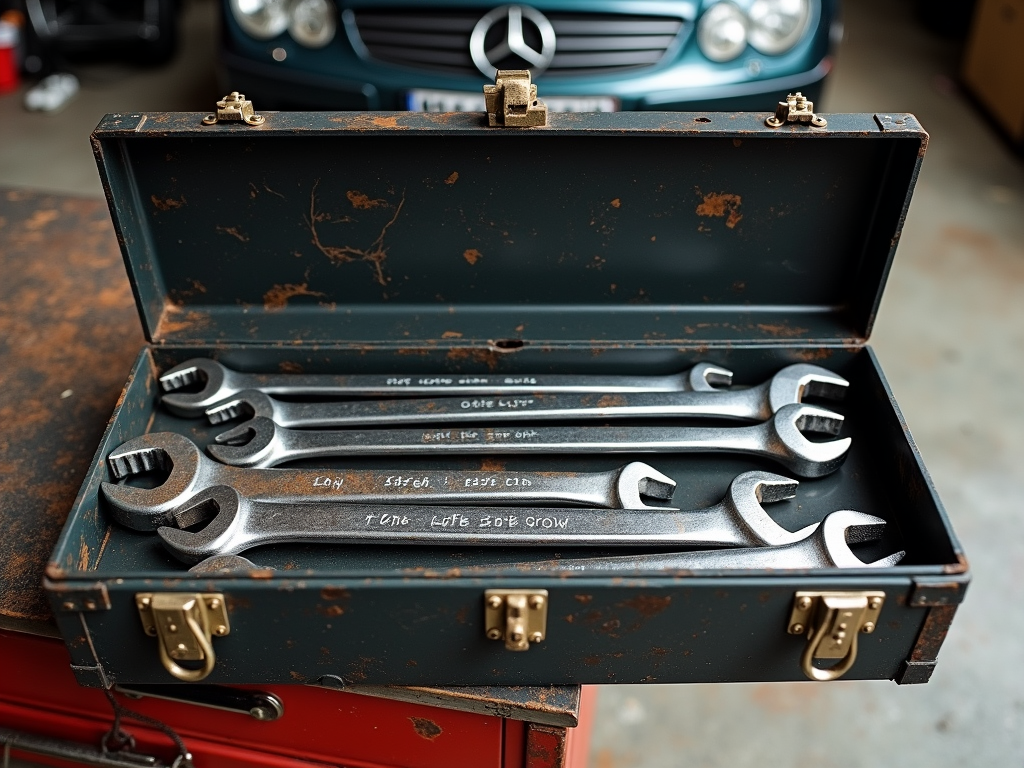
Wrapping It Up
Essential wrenches for automotive repair—like open-end, box-end, and adjustable—are your ticket to getting the job done right. They each have a purpose, and picking the right one saves time, parts, and your hands. Stick with quality workman tools, match them to the task, and you’ll be set. Want more? Check out the readings below.
Related essential wrenches for automotive repair:
- Understanding Nuts and Bolts for Repairs: A Complete Guide
- Choosing the Right Drill Bits for Electrical Installations: A Comprehensive Guide
- The Beginner's Guide to Essential Workman Tools
- Staying Safe with Hand Tools
- Understanding Multimeters: Features and Usage
- How to Choose the Right Electrical Tools for Your Project
- DIY Projects You Can Tackle with Basic Hand Tools
- Beginner’s Guide to Fixing Common Plumbing Issues
- Top 10 Must-Have Tools for DIY Beginners
- Advanced Woodworking Techniques for Enthusiasts
- How to Maintain and Store Wrenches: A Comprehensive Guide
- How to Choose the Right Power Tool for Your Project
